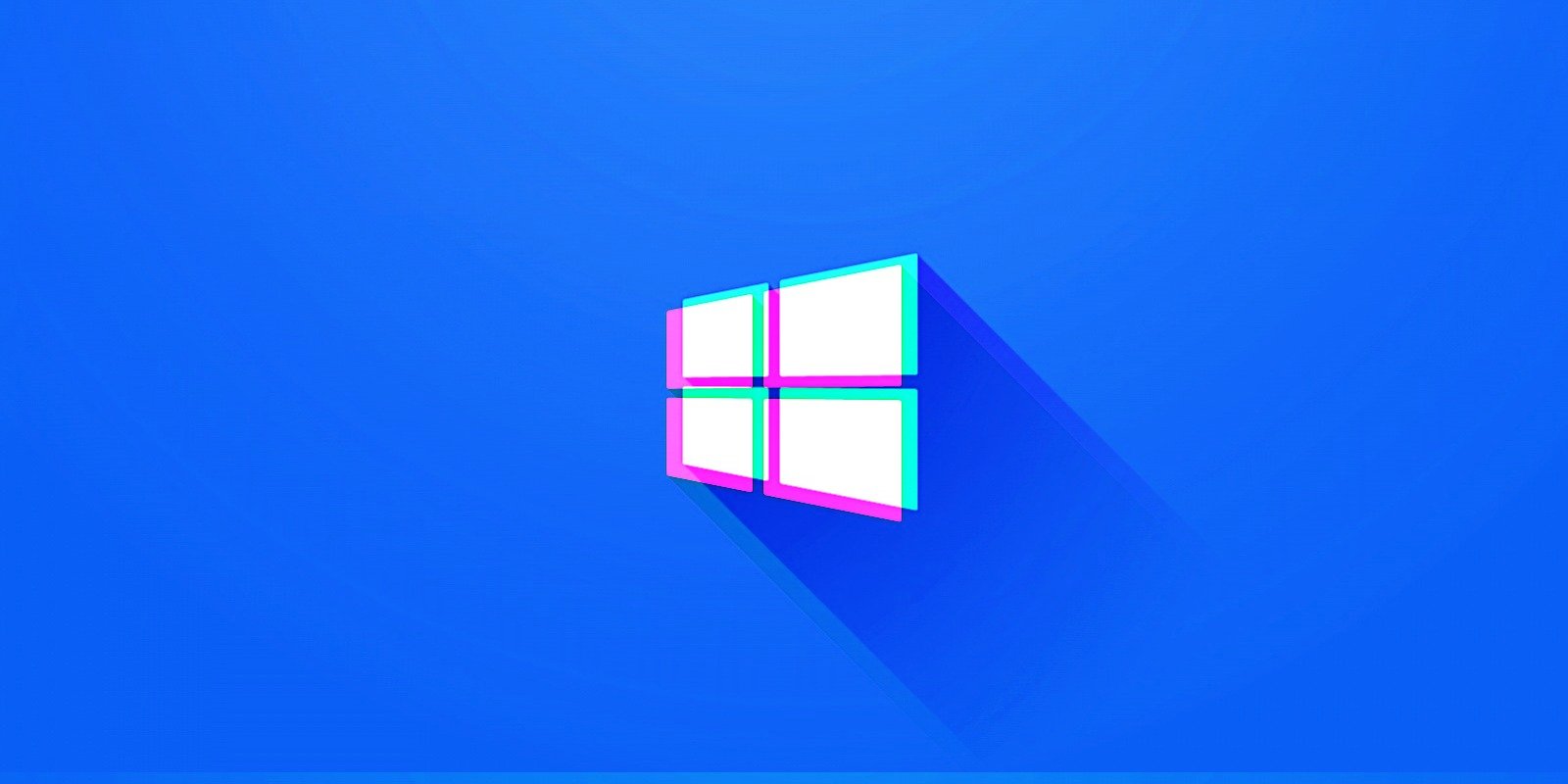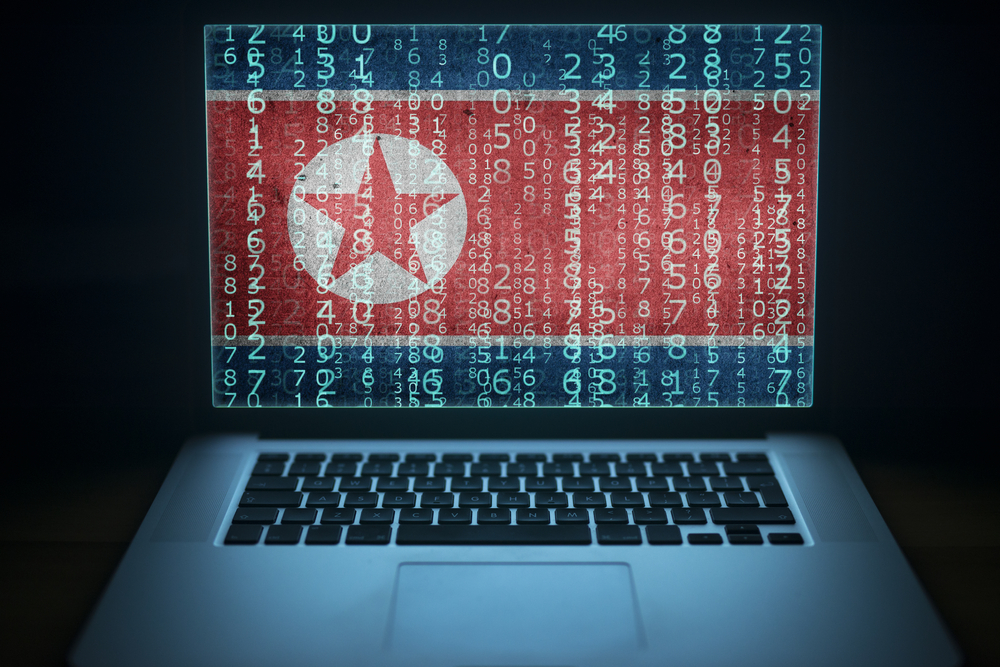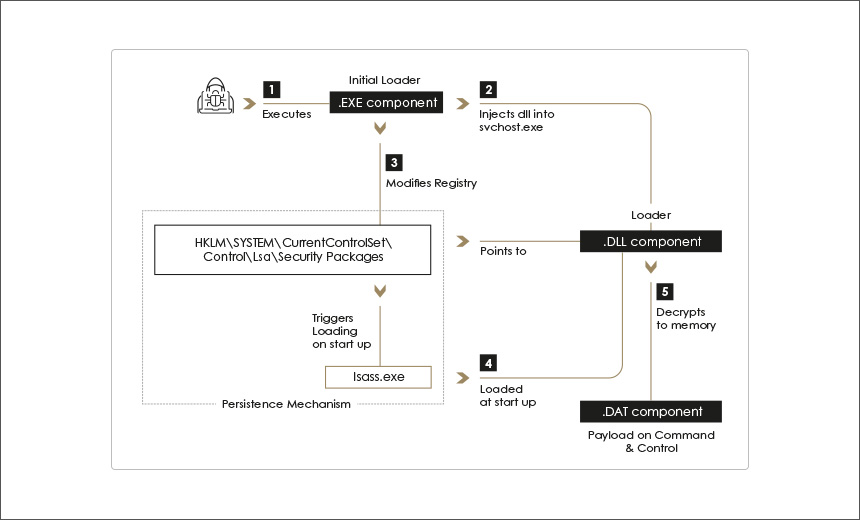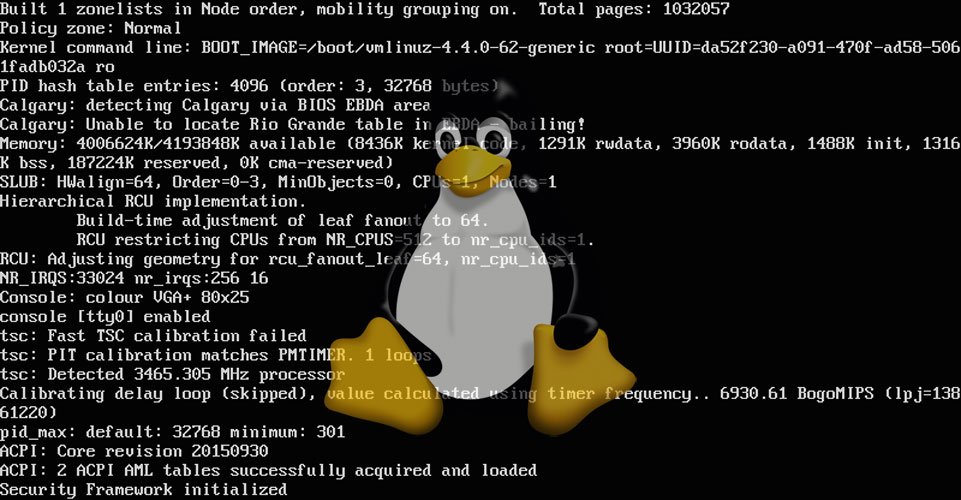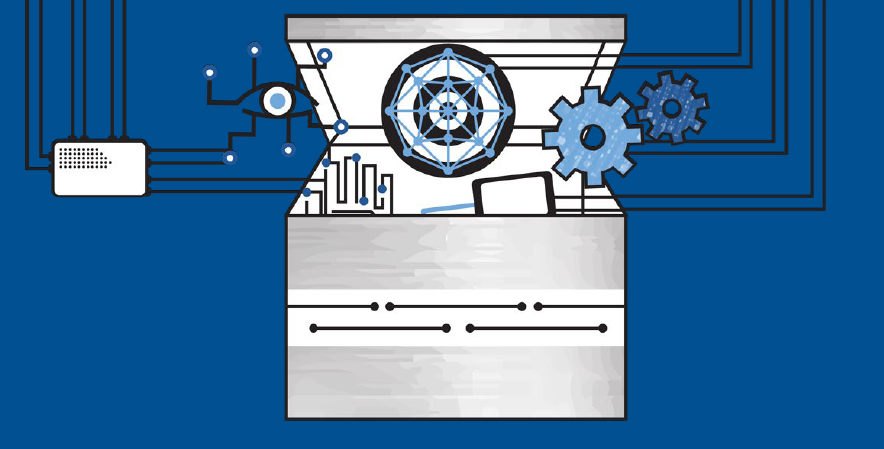The flaw was classified by Microsoft as wormable, indicating that malware exploiting it might be able to spread automatically between vulnerable machines on the network with no user interaction.
Cybersecurity researchers point out that threat actors can use personal information gleaned from images to craft targeted scams, putting personal and corporate data at risk.
It can be unarguably stated that North Korea and cybercrime go hand in hand. The nation is highly focused on reinforcing its cyber capabilities, by all means necessary, and creating more than just a nuisance.
A user on a popular hacking forum was purportedly selling the stolen credentials from 6 South American countries for the Swiss-based Adecco Group, the second-largest staffing provider in the world.
The healthcare industry remains most at risk, particularly through web gateways, and phishing is still a high-risk vector in this sector, according to cybersecurity experts.
The Lazarus Group, a North Korean hacking operation also known as Hidden Cobra, is deploying TFlower ransomware, using its MATA malware framework, security firm Sygnia reports.
Flaws like these in boot loaders allow circumvention of UEFI Secure Boot, a verification mechanism for ensuring that code executed by a computer’s UEFI firmware is trusted and not malicious.
The proliferation of offensive cyber capabilities (OCC) presents an expanding set of risks to states and challenges commitments to protect openness, security, and stability in cyberspace.
Fully recovering from the SolarWinds hack will take the US government from a year to as long as 18 months, according to the head of the agency that is leading Washington’s recovery.
Gootloader appears to have expanded its payloads further as it now uses SEO poisoning to deliver an array of malware payloads against users in South Korea, Germany, France, and the U.S.
